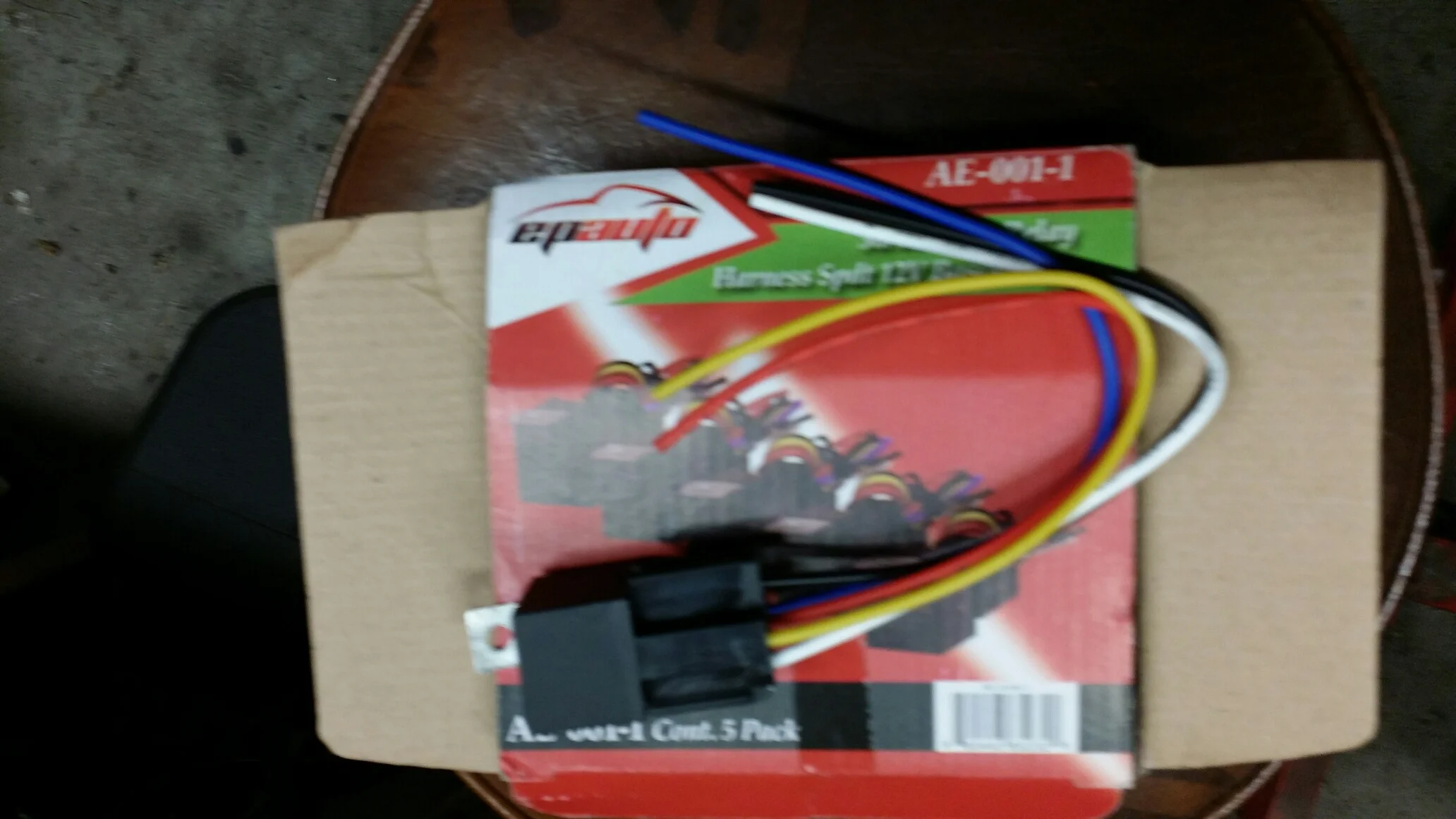wiring with relays
article by: russ allen
We hear all the talk about relays and electric loads and how they save wiring and help electrical equipment work better. Well let me explain....
While high current devices can be wired directly to a switch, many times they shouldn't be. Time and again I have seen shorts due to heat melting wire insulation, because the load on the wire under the carpet has no way to cool. Ever pulled carpet back and seen wire indentations in the sound deadener or carpet? Or for the same reason you keep blowing fuses so you put a bigger fuse in? Fires from high current wire grounding out on the fire wall from vibration? Relays cure these woes. How you say? How would you like to keep all the high amp load devices and wiring under the hood? Lets say you have some realy cool auxillary lights and they draw 15-20 amps,(like the directions say), running that much amperage through the dash/fire wall is a recipe for fire or malfunctioning lights, or even dim lights. Look at this schematic;
Look at where the current goes, terminal 30 has lets say a 10 gauge wire, fused at the source of course. 87 terminal also has a 10 gauge wire running to the lights. So now lets turn the lights on. The coil inside the relay switches the lights on via a powered coil that draws 1/2 an amp -1 amp. How do we connect the 87 to the 30? You can run 86 or 85 terminal to power,(you can even loop right to 30), then the dash switch switches ground for the coil. Simply put, you run either 86 or 85 through the fire wall to a toggle switch that has a wire to a ground under the dash. Turn the switch on, the coil energizes the relay and voila! Lights!
Here's the great thing, if the wire shorts to ground; the lights turn on. No danger of fire anymore with high current wire running through the fire wall, but the worst that happens is the lights turn on and run your battery down. See the beauty of relays? Use them as often as you can!
